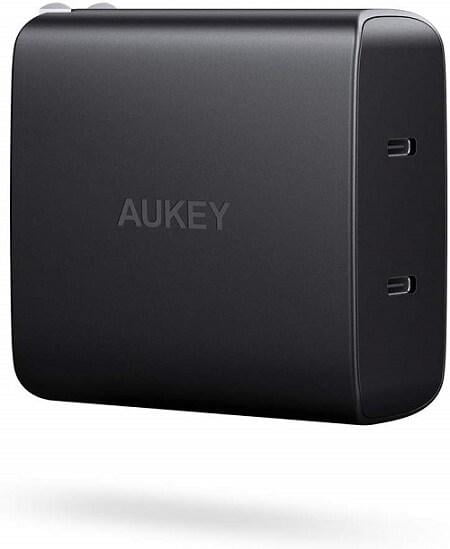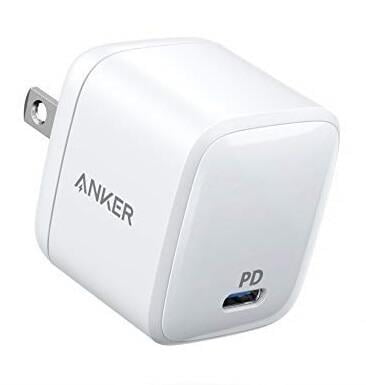How we charge portable devices has changed quite a lot over recent years. This is for two reasons. The first reason is that tech devices like our smartphones and laptops are becoming more powerful. The other reason is that there are new charging technologies that are available for us to use. However, the two reasons are not exclusive, its because our devices are becoming more powerful that new charging ways are happening and they need to happen because our demands are increasing.
How Far Smartphones have Come
One of the main tech devices that has changed the most over the years are smartphones. Remember when “smartphones” used to have a slide-out keyboard? When having wi-fi would be uncommon and if you did have wifi with your phone it would be a big deal? Or when having a flash with your camera was cutting edge? I still remember. It was back in 2009 that I got my first phone, the Samsung impression. The day I got it, I was stunned and now here we are, with the Samsung Galaxy Note 10, the iPhone 11 and Samsung also has the Galaxy Fold. A folding phone!
Phones are absolute beasts now that can rival laptops and desktop computers with them using very powerful Snapdragon processors, they use a lot of RAM with the OnePlus 7 Pro now using 12GB of RAM and the OLED screens are the standard. Even with all these spec bumps, there is one spec that is always in the spotlight and that would be the camera. Phones are using up to four cameras these days and are competing with Nikon and Canon at this point.
One new feature that will likely be more common on phones is a higher refresh rate, which is a great feature but it uses a lot of power. There’s also 5G that is just getting started, a lot faster than 4G but it also uses more power.
With all these new specs, these phones are using larger batteries, which is great because they make the phone last longer. This is where charging is important because phones are now using up to 4,000mAh batteries. Remember the first phone I got, the Samsung Impression? It had a 1,000mAh. So charging, what may seem like an insignificant part, is vital when it comes to innovation.
Fast or Universal Charging?
Fast charging for phones is now common, if you’re buying a phone in 2019 or even a phone about 2-3 years old, it will feature some sort of fast charging tech. The most common fast charging features? If you’ve got an Android phone, Qualcomm Quick Charge is the usual charging tech. Then you also have OnePlus phones that use Dash Charge.
With that said, if there’s one charging tech that is slowly replacing Quick Charge for Android phones and can also be used for larger devices, like tablets and laptops, it’s USB-C Power Delivery.
The Google Pixel has been using it, Samsung has been using it with their phones since the release of the S8 and even the iPhone has been using Power Delivery. One of the most interesting parts about the iPhone and its compatibility with Power Delivery is Apple has chosen to ship the new iPhone 11 Pro and the iPhone 11 Pro Max with a USB-C PD charger. This came to a surprise for many reviewers on Youtube, because for all these years, Apple has only included a slow 5W charger with their highly expensive phone. They’ve even included a Type-C to Lightning cable with their phones, this is highly generous of Apple, and it also goes to show just how useful Power Delivery is.
Power Delivery = Innovative
So, we’ve talked quite a lot about smartphones are using Power Delivery, but the main part that makes PD charging so useful its ability to charge these larger and more powerful devices. You’re able to use a 60W PD charger to charge your laptop, then you can use that same charger to also charge your phone. No, your phone will not charge 60W, but it will default to its 18W charging speed, which is still pretty fast. One of the best parts of owning a PD charger is that you don’t have to deal with a charging brick anymore, because Power Delivery chargers can be very small, and that is thanks to Gallium Nitride chip or GaN as we’re going to be calling it here.
GaN are chips that can go into PD chargers and they can take the place of parts within a charger and that greatly reduces the size of the charger itself. What you end up with is a charger that can output a bunch of power, and still be able to fit into your pocket. The Anker PD wall charger that we have above is a 30W charger. It only has a single port, so you can only charge a single device with it, but the charger can charge USB-C laptops, phones, and tablets. Another major part of this Anker charger is that it’s one inch with all of its dimensions. So you can fit what is a laptop charger into your pocket, whereas with laptops that charge using a DC port, that would be impossible.

One last thing that we touched on when it comes to PD charging is that you can get less or more power with some of the chargers on the market. How is this done? This is by purchasing a Dynamic charger. Most of the time you’re going to find that many PD chargers have only a single port, but that is slowly changing with there now being PD chargers that have two ports. If you do find a PD charger that uses two ports, then it’s likely a Dynamic charger.
What this means is that if you’re charging two laptops at once with a Dynamic PD charger, then each of those two ports will output a charging speed of 30W. 30W of charging power for a laptop is pretty good, it’s the same amount of power that most single port PD chargers would output. However, 30W isn’t exactly close to the max charging power for most laptops and they can charge faster than that, and this is where the dynamic part comes in. If you disconnect one laptop, then the remaining connected port will output 60W of power. This is double the power than what the laptop was receiving and just like that, you’re able to get more power from your PD wall charger.

